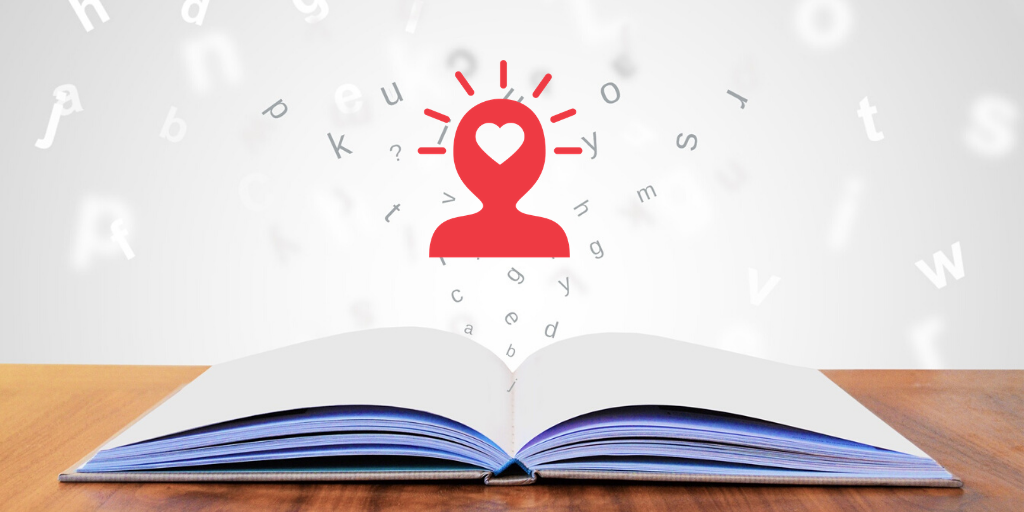
It’s no secret that socioeconomic status, gender or sexual identity and ethnic or racial minority status can all be associated with poorer mental health outcomes for youth. Quite often, when statistics about these outcomes are cited, the finger is pointed to inadequate access to mental health care for these groups and not social emotional learning is overlooked.
And to be sure, access IS a big part of it in northeast Ohio. Childhood adversity – largely related to poverty and racial discrimination – are highly concentrated in Cleveland and its surrounding communities. The number of children who have mental health care needs as a result of these circumstances far outnumber the licensed therapists available to treat them. Yet, this is not a hopeless situation. Educators can take actions to improve the lives of our youngest residents. In other words, the responsibility of improving mental health doesn’t have to solely reside in the hands of therapists. Schools can play an important role by incorporating social emotional learning (SEL).
Social Emotional Learning in School
Students who are traditionally labeled as defiant and disruptive may simply need developmentally appropriate instruction to address their skills deficits. Another step we can take, then, is for schools to embrace a curriculum that teaches social-emotional skills. Doing so improves the of students in need, while teaching empathy to typically-devevoping students.
Evidence supports the benefits of social emotional learning. For example, according to one meta-analysis, students who received instruction through an SEL curriculum significantly improved social and emotional skills. The students also achieved an 11-percentile point gain in academic performance. Additional research shows schools with an embedded SEL curriculum have experienced a reduction in misbehavior and better academic achievement. Students in these schools also report they are more attached to school.
Social emotional learning in school, which can take place in as little as 30 minutes a week, can develop skills that serve students well throughout their lives.
Bringing Social Emotional Learning to the Classroom
The introduction of SEL in the classroom requires a shift in thinking for some teachers. For many years, changing unacceptable student behavior relied upon the practice of excluding a child in some way (for example removing recess, suspension or expulsion). This model assumes that a child would alter his or her behavior to avoid the unpleasant experience of being punished. Social emotional learning, on the other hand, assumes that children violate the rules because they lack skills.
There are several social and emotional learning curricula available for schools. Each one focuses on a general set of competencies. And while these types of curricula are valuable, it’s also important to remember that there is nothing that can replace the value of a strong, positive relationship between a compassionate and caring adult and a child.
Sample SEL Curricula
The Promoting Alternative THinking Strategies (PATHS) has scripted lessons and includes suggestions for engaging parents. The program promotes peaceful conflict resolution, emotion regulation, empathy and responsible decision making.
The Lions Quest curriculum includes lessons to develop citizenship skills, positive character and an ethic of service to others. Every Lions Quest lesson relates to Common Core standards and integrates 21st century skills, service learning and SEL.
Classroom Interventions beyond SEL Curricula
For educators who do not have the resources to implement a formal SEL curriculum, there are several simple interventions that could have lasting effects on their students.
For example, educators can:
- Infuse academic lessons with movement and provide opportunities for students to express themselves in diverse ways to assist with self-regulation;
- Maintain curiosity about students – knowing their stories and individual strengths increases empathy and innovative programming;
- Consistently label not only the feelings of their students but also the feelings of the characters in the books that the class is reading;
- Deliver academic content in the form of games to teach students to take turns, actively listen to peers and manage their impulses. Group work enable students to practice effective communication skills, assertiveness and cooperation.
